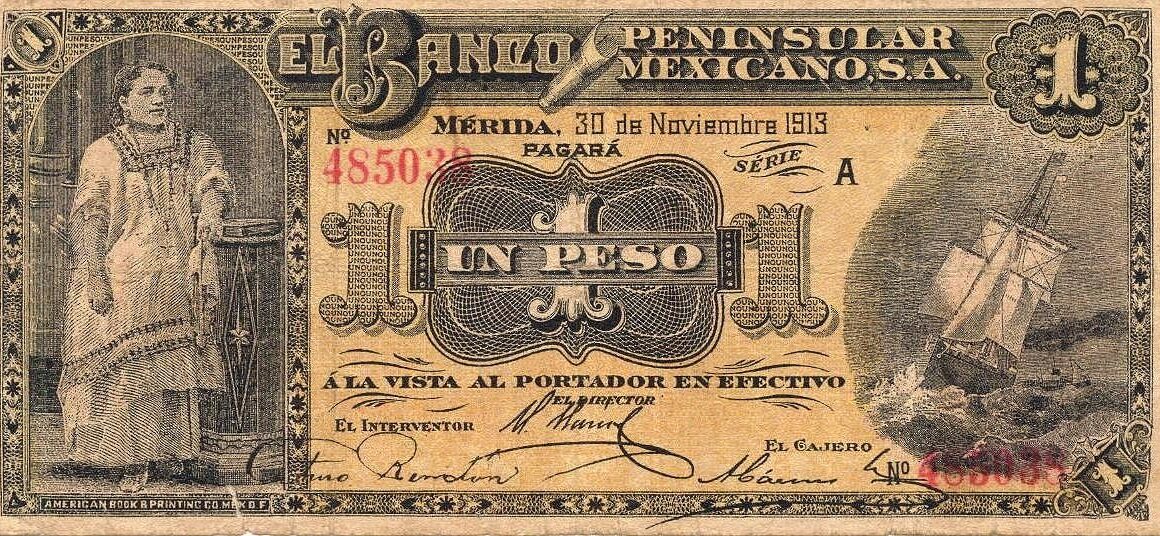Understanding the intricate workings of the global economy is crucial for businesses, investors, and policymakers alike. The global economy, a vast network of interconnected markets and countries, constantly evolves, shaped by trade, investment, technological advancements, and geopolitical events. Navigating this complex landscape requires a comprehensive understanding of its key drivers, challenges, and opportunities. This article delves into the intricacies of the global economy, offering insights and actionable information to help you stay informed and make sound decisions.
Understanding the Global Economy’s Foundations
Defining the Global Economy
The global economy refers to the interconnected network of economic activities that occur across national borders. It encompasses the production, distribution, and consumption of goods and services on a global scale, driven by international trade, investment flows, migration, and technological diffusion.
Key Indicators of Economic Health
Monitoring the health of the global economy requires tracking several key indicators, each providing unique insights into its overall performance:
- GDP Growth: Represents the overall increase in the value of goods and services produced within a country or globally. Higher GDP growth usually indicates a robust economy.
- Inflation Rate: Measures the rate at which prices for goods and services are increasing, signaling potential overheating or economic instability.
- Unemployment Rate: Indicates the percentage of the workforce that is unemployed and actively seeking work. A low unemployment rate generally reflects a healthy labor market.
- Interest Rates: Set by central banks, these rates influence borrowing costs and investment decisions. Higher rates can curb inflation but may also slow down economic growth.
- Trade Balance: The difference between a country’s exports and imports. A positive trade balance (surplus) suggests strong competitiveness, while a negative balance (deficit) might indicate reliance on foreign goods.
The Role of International Institutions
Several international institutions play a crucial role in shaping and regulating the global economy:
- World Trade Organization (WTO): Facilitates international trade by establishing rules and resolving trade disputes between member countries.
- International Monetary Fund (IMF): Provides financial assistance and policy advice to member countries facing economic difficulties.
- World Bank: Offers loans and grants to developing countries to support poverty reduction and sustainable development projects.
- G20: A forum for international cooperation among 20 of the world’s major economies, addressing global economic and financial challenges.
Trade and Globalization: Driving Forces of the Global Economy
The Impact of International Trade
International trade is a fundamental driver of economic growth, offering numerous benefits:
- Increased Efficiency: Countries can specialize in producing goods and services where they have a comparative advantage, leading to greater efficiency and lower costs. For example, China’s specialization in manufacturing allows it to produce goods at a lower cost than many other countries.
- Greater Variety: Consumers have access to a wider range of goods and services from around the world, enhancing choice and improving living standards.
- Economic Growth: Trade promotes competition, innovation, and investment, fostering economic growth in both exporting and importing countries.
- Job Creation: Increased trade can lead to the creation of new jobs in export-oriented industries.
Understanding Globalization
Globalization refers to the increasing integration of economies, cultures, and societies around the world, primarily driven by:
- Technological Advancements: The internet, mobile communications, and transportation technologies have made it easier and cheaper to conduct business across borders.
- Trade Liberalization: The reduction of trade barriers, such as tariffs and quotas, has facilitated the flow of goods and services across borders.
- Capital Flows: The movement of investment capital across borders has increased, allowing companies to access funding and expand their operations globally.
Example: The rise of e-commerce platforms like Amazon and Alibaba has significantly accelerated globalization, allowing businesses of all sizes to reach customers around the world.
Challenges of Globalization
While globalization offers many benefits, it also presents challenges that need to be addressed:
- Job Displacement: Increased competition from foreign companies can lead to job losses in some industries, particularly in developed countries.
- Income Inequality: The benefits of globalization may not be evenly distributed, leading to widening income inequality within and between countries.
- Environmental Degradation: Increased production and consumption can lead to environmental problems, such as pollution and deforestation.
- Cultural Homogenization: The spread of global brands and cultural products can lead to the erosion of local cultures and traditions.
The Role of Technology in the Global Economy
Technological Innovation and Productivity
Technological innovation is a key driver of productivity growth in the global economy. New technologies can automate tasks, improve efficiency, and create new products and services.
- Artificial Intelligence (AI): AI is transforming industries by automating tasks, improving decision-making, and creating new business models. For example, AI-powered robots are used in manufacturing to increase efficiency and reduce costs.
- Automation: Automation technologies, such as robotics and computer-controlled machinery, are increasing productivity in manufacturing, logistics, and other industries.
- Digitalization: The digitization of information and processes is improving efficiency and reducing costs across the economy. Cloud computing, big data analytics, and the Internet of Things (IoT) are key enablers of digitalization.
The Digital Economy and E-commerce
The digital economy, which encompasses all economic activities that rely on digital technologies, is growing rapidly. E-commerce, in particular, is transforming the way goods and services are bought and sold.
- Increased Market Access: E-commerce allows businesses to reach customers around the world, expanding their market reach and increasing sales.
- Lower Transaction Costs: E-commerce reduces transaction costs by automating processes, eliminating intermediaries, and reducing the need for physical infrastructure.
- Improved Customer Service: E-commerce allows businesses to provide personalized customer service through online chat, email, and social media.
Example: The growth of online marketplaces like Etsy has enabled small businesses and artisans to sell their products globally, creating new economic opportunities.
Challenges of Technological Advancements
While technological advancements offer many benefits, they also present challenges:
- Job Displacement: Automation and AI can lead to job losses in some industries, requiring workers to acquire new skills.
- Digital Divide: Unequal access to digital technologies can exacerbate income inequality and create a digital divide between developed and developing countries.
- Cybersecurity Risks: Increased reliance on digital technologies increases the risk of cyberattacks, which can disrupt businesses and compromise sensitive data.
Geopolitical Factors and Their Impact
Geopolitical Risks and Economic Stability
Geopolitical risks, such as political instability, conflicts, and trade wars, can significantly impact the global economy by disrupting supply chains, increasing uncertainty, and reducing investment.
- Trade Wars: Trade wars, such as the recent trade dispute between the United States and China, can disrupt global trade flows and increase costs for businesses and consumers.
- Political Instability: Political instability in key countries can lead to economic uncertainty and discourage investment.
- Sanctions: Economic sanctions imposed on certain countries can disrupt trade and investment, impacting their economies and potentially the global economy.
The Rise of Emerging Markets
Emerging markets, such as China, India, and Brazil, are playing an increasingly important role in the global economy. Their rapid economic growth and large populations offer significant opportunities for businesses and investors.
- Economic Growth: Emerging markets are experiencing rapid economic growth, driven by industrialization, urbanization, and technological advancements.
- Large Consumer Markets: Emerging markets have large and growing consumer markets, offering significant opportunities for businesses.
- Investment Opportunities: Emerging markets offer attractive investment opportunities, particularly in infrastructure, manufacturing, and technology.
Navigating Geopolitical Uncertainty
Businesses and investors need to carefully assess geopolitical risks and develop strategies to mitigate their impact.
- Diversification: Diversifying investments and supply chains can reduce exposure to geopolitical risks in any one country or region.
- Risk Management: Developing robust risk management strategies can help businesses prepare for and respond to geopolitical events.
- Scenario Planning: Conducting scenario planning can help businesses anticipate potential geopolitical developments and develop contingency plans.
Conclusion
Understanding the global economy is essential for making informed decisions in an increasingly interconnected world. By monitoring key indicators, analyzing trends, and assessing risks, businesses, investors, and policymakers can navigate the complexities of the global economy and capitalize on emerging opportunities. Continuous learning and adaptation are crucial for success in this dynamic environment. Keeping abreast of the latest developments and trends will enable you to make strategic decisions and thrive in the global marketplace.




